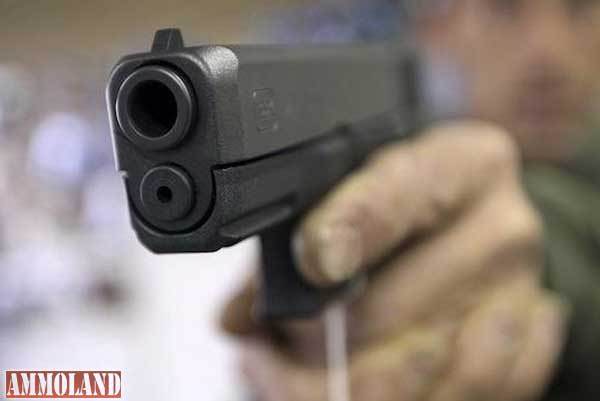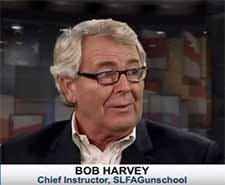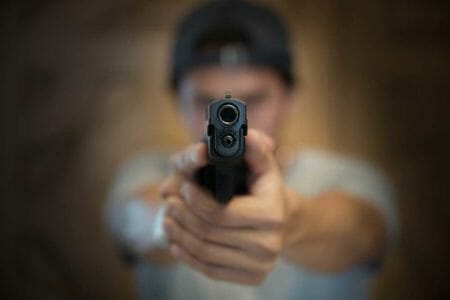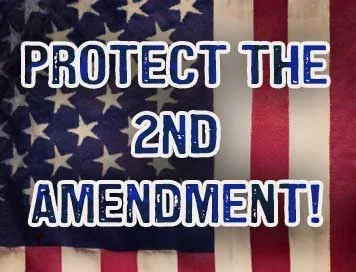
U.S.A. –-(Ammoland.com)- After being in the firearms self-defense instruction business for over 40 years, I have been asked many times what it the most important skill I could pass on to a new student. It made me think each time it was asked. And the answer has been and still is……. Awareness and mindset.
It never ceases to amaze me that most concealed carry permit holders have never been in a violent encounter or even a fist fight.
I have developed a syllabus that covers awareness and mindset in all our curriculum regardless of the platform. Pistol, shotgun or carbine.
We start with several issues, warrior mindset, both definition and application. Next the OODA Loop, history, and usage. Then on to Color Codes of Awareness of USMC and Jeff Cooper fame. The history and usage. How it applies to everyday use. Then on to the dynamics of a violent encounter or patterns of conflict.
The final piece of this puzzle is to know what the TELLS of a violent encounter with another person looks like. A TELL will give you an idea in advance of a violent encounter. A violent criminal does not start a violent encounter in a vacuum. There are many tell tale signs of the oncoming violent encounter, but you must know the signs or tells.
So here we go:
- Verbalization- “I am going to kick your ass” “So, you think you are a badass?” “You will be sorry” “. Those are easy ones. But they can be very offsetting also. “Hey, can you help me out?” “Have any spare change?” “I need some help” Those are meant to get you to lower your guard, gain sympathy and allow invasion of personal space.
- Visable overt awareness- Visible weapons, unusual nervousness, hidden hands.
- Asumption of a fighter stance or bladed stance.
- Looking around to see if they are alone, no witnesses. Looking for an escape route, a possible assistant assailant. Overall assessing their battle area.
- Invasion of personal space .
- Change in Body Language
- Clenching of jaw muscles, clenching and unclenching of fists.
- Blinking eyes unnaturally or squinting. Eye movement changes from the normal 20 closures a minute. Staring hard at or through you.
- Aggression redirected to other objects or people. Kicking cans, kicking or shoving chairs. Smacking walls, breaking pencils, or glasses and inanimate objects. Yelling at others.
- Sweating
- Flared nostrils, heavier than normal breathing. Lips part showing teeth to intake more breath.
- Tensed up posture.
- Stretching back and arms. Opening and closing elbows. Head rolls and neck stretches.
- Removal of excess clothing.
- Pacing, finger pointing shaking fists, over exaggerated hand, and arm movements.
- Facial discoloration, normally to red.
- Dress, what they wear and how they wear it.
Most of these have been noted in a survey that was done by two researchers from University of Toledo, Richard Johnson and Jasmine Aaron in “Adults’ Beliefs Regarding Nonverbal Cues Predictive of Violence. Criminal Justice and Behavior.
When we notice these TELLs, we want to create space and time to make the attack easier to manage or to Avoid, Evade and Escape.
Always remember violent encounters are a mathematical equation of time and distance. The problem is we do not know the digits until the encounter is over.
Time and distance are your friends or your worst enemies.
About Bob Harvey
Bob is a veteran Marine Corps veteran firearms coach PMI, Marine Security Guard, PPSU Instructor, NRA Training Counselor and Instructor. Owner of both South Florida Gun School and SDK Security Consultants. Subject matter expert, an expert trial witness for firearms and their use.







The location of the encounter makes a big difference. If it at my front door or in my house there is a great possibility the coroner will have to come. If it were to be on a street, at night, it may be the same situation. During the daylight with bystanders around it may be slowly retreat. What ever works is whatever is going to have to happen as long as it is not my sacrifice because I don’t go looking for trouble. I damn sure won’t run and get shot in the back or tackled from behind.
Everyone should understand the precursors but also know how to properly react and that does NOT mean immediately overreact. The line between aggressor and defender can be very narrow.
How about when a known person calls you and threatens to kill you, the police are notified but brush it off because they have a history with the perp and conclude that he “really doesn’t mean it”
The calls continue into the early morning hours when the perp decides to make a move and comes to your home ,breaks down TWO doors to get to you ?
Needless to say ,me, being former LEO was waiting with my 12 ga.
It was a small quiet funeral.
Col. Cooper said it best…….”There is no peace in Condition White!”
As one who prefers Open Carry, I disagree with the item “Visible weapons”. Everything else I’m completely on board with!
I’d also like to add: “If I can’t have you, nobody can!” Take that threat seriously, Ladies. I’ve seen that end tragically.